- Antipasti
- Bella Italia
- Dessert
- Drinks
- Favorite Italian recipes
- Main courses
- Pasta
- Pizza
- Side dishes and salad
- Tips & Knowledge
Make your own tortellini – recipe
In the recipe, you will learn how to make tortellini yourself, including detailed step-by-step instructions with helpful photos. You will also find traditional Italian ideas for fillings. Shaping the little pasta pockets is great fun. Why not make a tortellini session with your family!
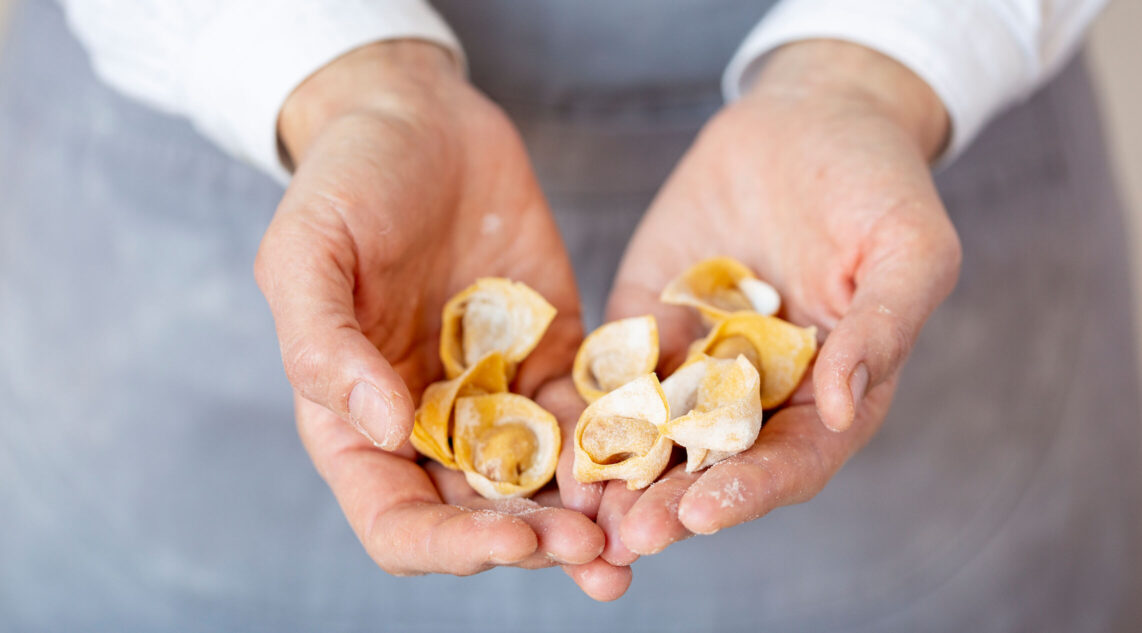
- 400 g Flour , Tipo 00
- 4 Eggs
- 200 g Parma ham
- 150 g Parmesan cheese
- 1 Pasta machine, alternatively rolling pin
- 1 Dough wheel
- 1 Blender
Schritt für Schritt durch´s Rezept
- Step 1Patiently knead the flour and eggs into a smooth, elastic pasta dough. Wrap it in cling film and leave it to rest in the fridge for an hour.
- Step 2While the dough is resting, prepare the filling. Roughly chop the Parma ham and Parmesan and then blend the two ingredients in a blender to a fine paste.
- Step 3Then roll out the dough very thinly on a lightly floured work surface. A thickness of 2 mm is ideal.
- Step 4Now use the rolling pin or a knife to cut out small squares with an edge length of 4 cm.
- Step 5Place a little less than half a teaspoon of filling in the center of each square.
- Step 6Then fold each of the squares diagonally to form a triangle. Press the edges together firmly and wrap the ends around your index finger. This creates the typical tortellini shape. You can see exactly how to do it again in the photos below.
- Step 7Cook the tortellini in simmering, generously salted water until they float to the top. This usually takes 2-3 minutes.
Make your own tortellini: What’s in the filling?
Making tortellini yourself is actually quite simple. The question is, what to put in the filling? In principle, there are no limits to your culinary imagination. But here are a few typical Italian recipes to inspire you.
The official recipe from Bologna
The traditional tortellini filling from Bologna contains a mixture of pork loin, mortadella, Parma ham, Parmesan cheese and egg, seasoned with a pinch of nutmeg and salt. The meat is finely chopped and mixed with cheese and spices. The filling should not be too moist so that it does not run out during cooking.
Ricotta and spinach – vegetarian filling
The combination of mild ricotta and fresh spinach brings a light and creamy note that is perfect for vegetarian tortellini (especially larger tortellini).
Ingredients: 200 g ricotta, 150 g spinach, 50 g grated Parmesan cheese, 1 egg, salt, pepper, nutmeg
Preparation: Steam the spinach until it collapses. Then squeeze it out and chop finely. Mix with the ricotta, parmesan and egg. Season and mix well.
Tomato and olive – vegetarian filling
Sun-ripened, dried tomatoes and spicy olives create a Mediterranean flavor that delights in every bite.
Ingredients: 100 g sun-dried tomatoes, 100 g black olives
Preparation: Place the sun-dried tomatoes and olives in a blender and process to a coarse paste.
Four-cheese vegetarian filling
A classic of Italian cuisine, quattro formaggi.
Ingredients: 100 g ricotta, 50 g gorgonzola, 50 g finely chopped mozzarella, 50 g grated Parmesan cheese
Preparation: Mix the ricotta, Gorgonzola, mozzarella and Parmesan in a bowl with a fork and stir well.
How do you eat tortellini in Italy?
Tortellini are served with a light sauce that does not mask the taste of the filling. Butter with sage or a light tomato sauce are classic accompaniments. They are also popular as a soup topping in northern Italy.
Tortellini in brodo
Northern Italians traditionally like to cook tortellini in a strong meat broth (usually chicken) and serve them straight away.
Tortellini in cream with ham
Tortellini alla panna e prosciutto are a classic from Emilia Romagna, in northern Italy. To make it, cut some prosciutto cotto, i.e. cooked ham, into thin strips and gently fry in butter. Then add the cream. It is only gently heated to create a smooth, creamy layer around the pasta without overloading it as a heavy cream sauce. Freshly grated nutmeg rounds everything off.
Make your own tortellini – step by step
FAQ about making your own tortellini
Here are a few more questions that often come up about homemade tortellini. If you have another question on your mind, just ask it in the comments below! We’ll be happy to answer them.
Difference between tortellini and tortelloni
Tortellini are smaller and are traditionally folded in a shape that resembles a small ring or navel. They are traditionally filled with savory ingredients such as ham, mortadella and cheese and are well suited to broths and soups. Tortelloni are significantly larger, often twice the size, and offer space for more filling due to their larger surface area. Mild versions with ricotta and spinach or pumpkin and amaretti crumbs are typical.
How long do you have to cook tortellini for?
The exact cooking time depends on the size and thickness of the dough, but as a rule, fresh tortellini should be cooked in boiling water for 2-4 minutes until they rise to the surface. The cooking time is slightly longer for frozen tortellini.
Can you prepare tortellini in advance?
Yes, tortellini can be prepared in advance. Dust the freshly formed tortellini lightly with a little flour to prevent them from sticking together. Layer them in a sealable container and place baking paper between the layers. It is ideal to cook the tortellini within two days to prevent the filling from drying out or becoming soggy.
Can you freeze tortellini?
Yes, tortellini freeze well. Place them in a single layer on a baking tray lined with baking paper and freeze them without them touching each other. After a day, they can be transferred to freezer bags. They do not need to be defrosted for cooking; simply place them directly into boiling water until they rise to the surface.
How do you prevent tortellini from rising when cooking?
Avoid using too much filling and make sure to seal the edges of the pastry well. Moisten the edges with a little water or beaten egg and press the dough together carefully around the filling so as not to trap any air. Cook the tortellini in gently simmering water, as too much bubbling can tear the dough.
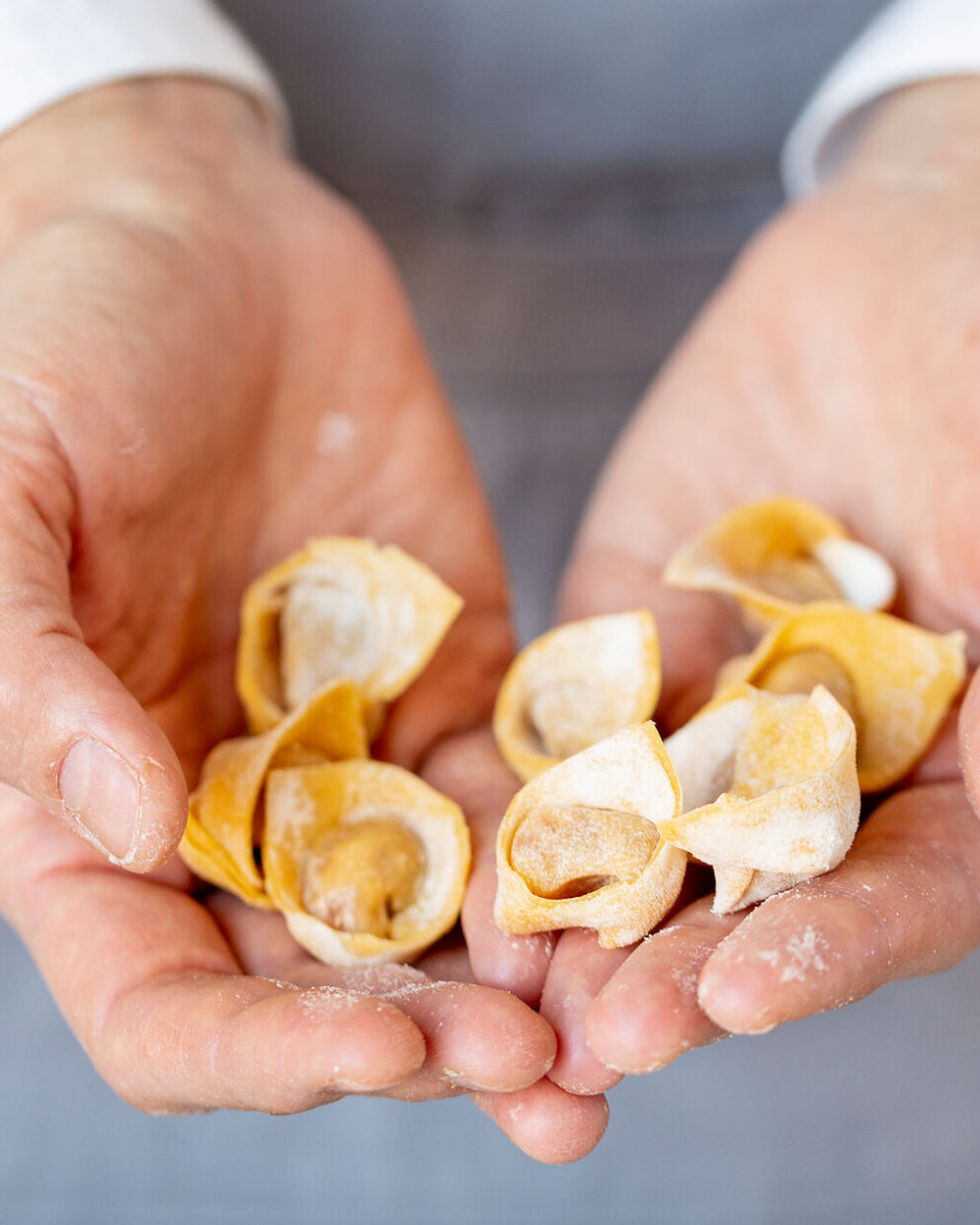
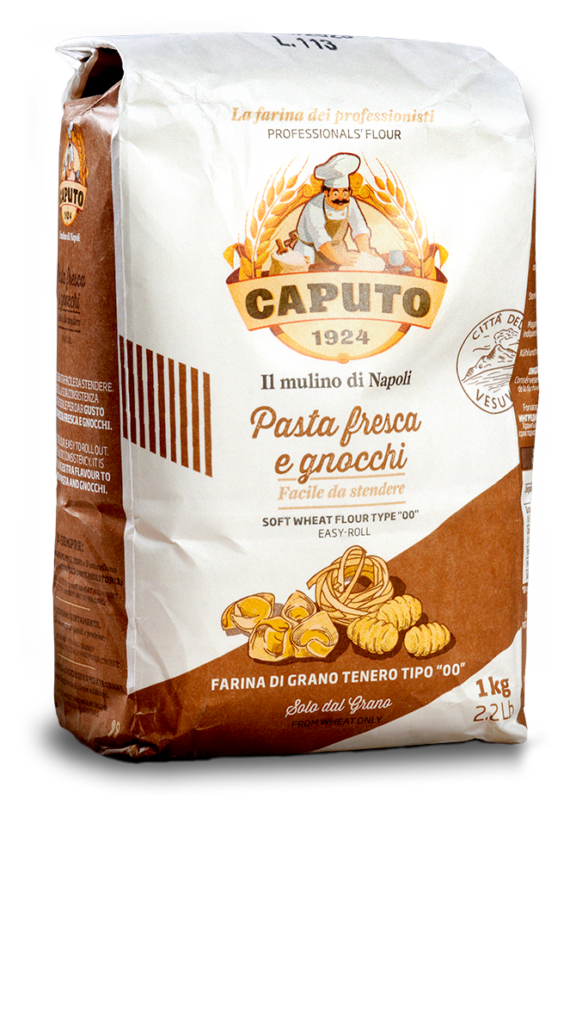













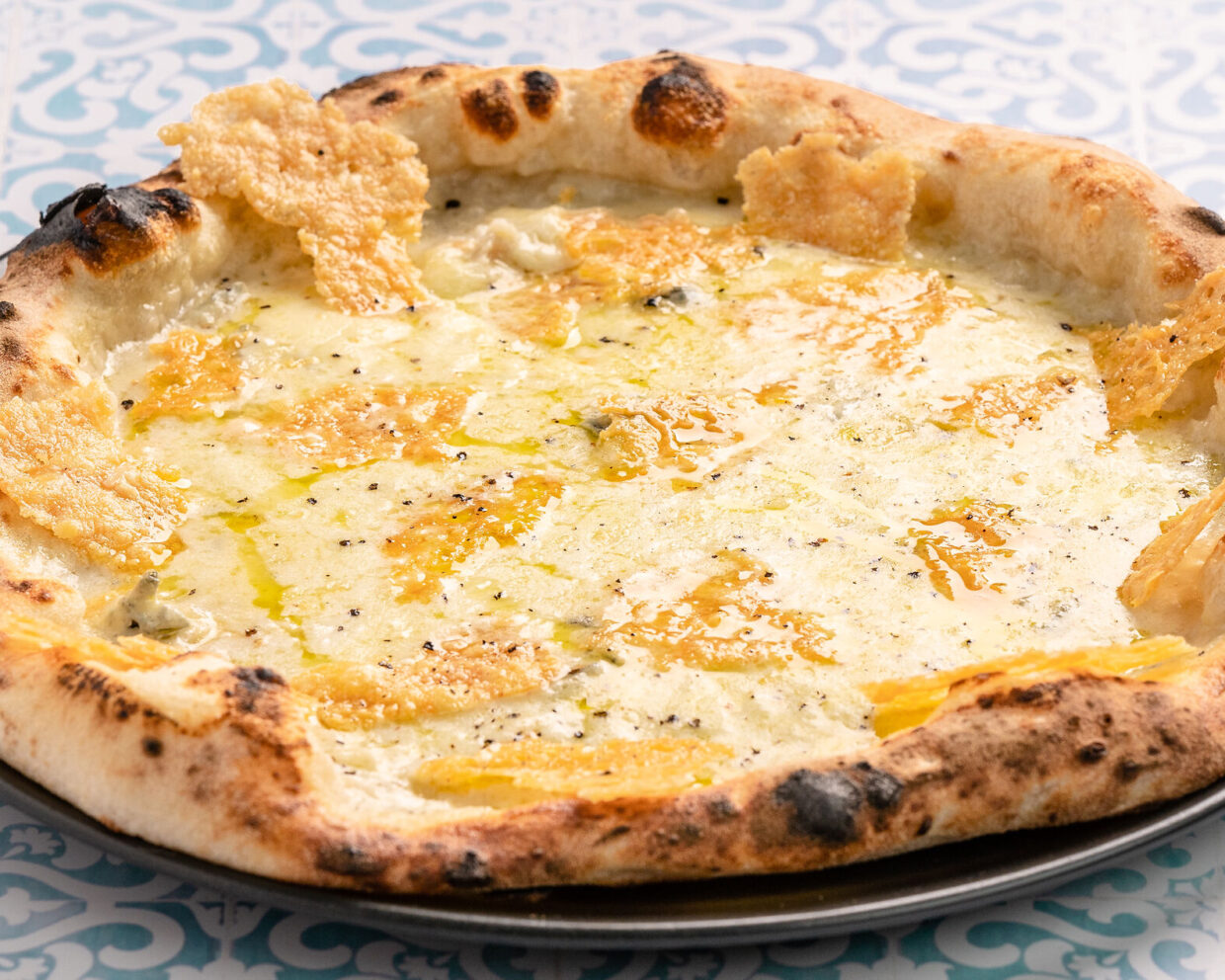



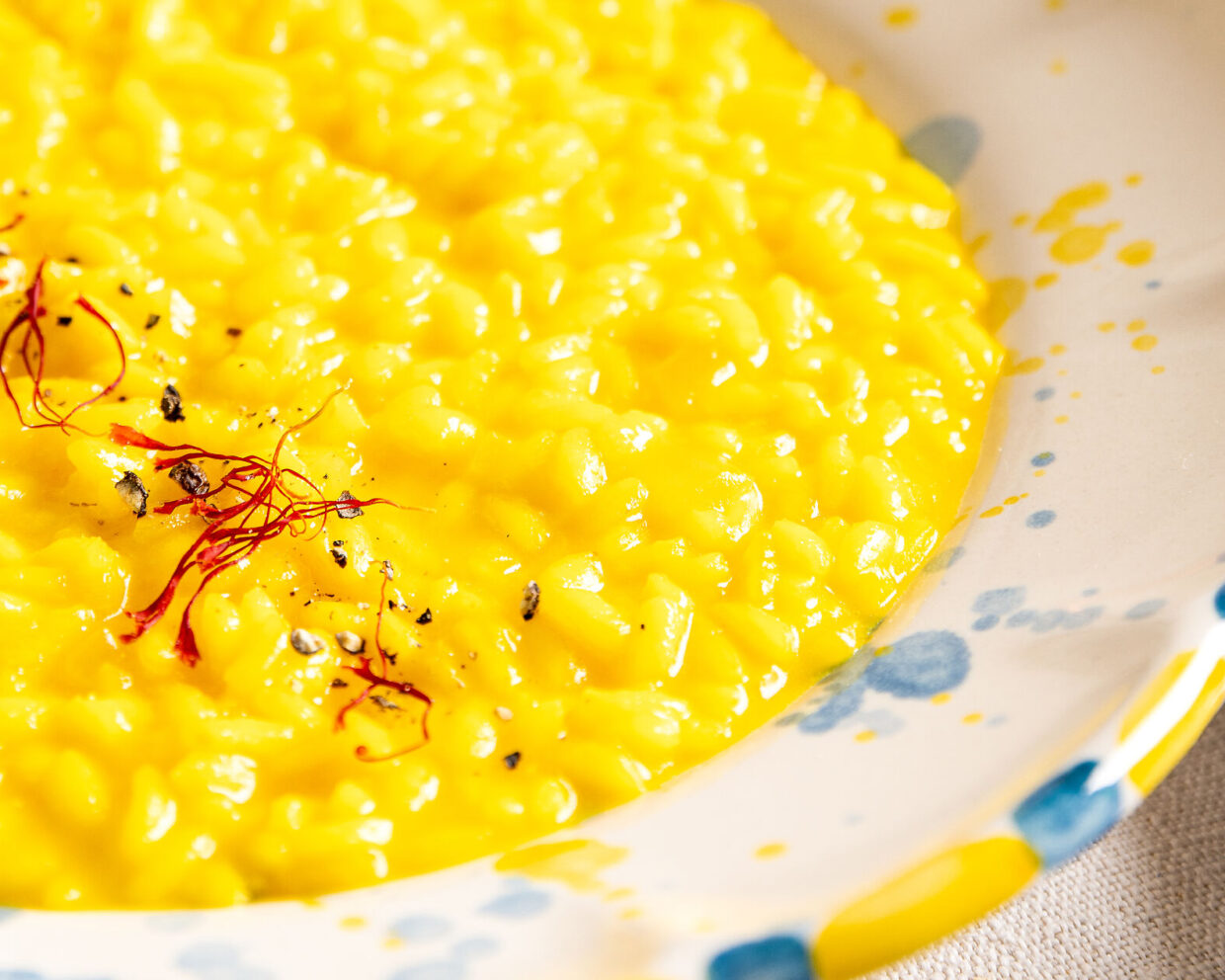
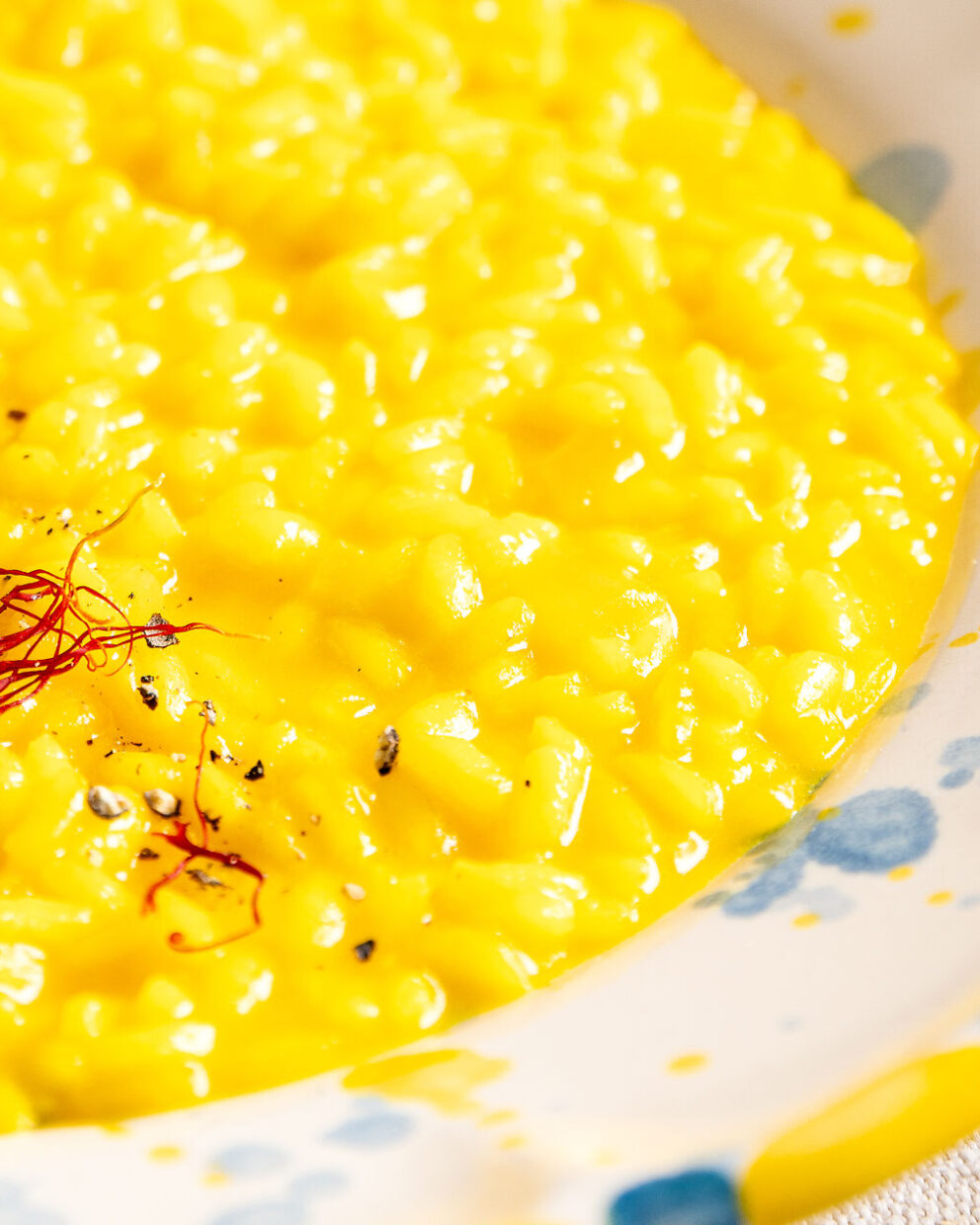
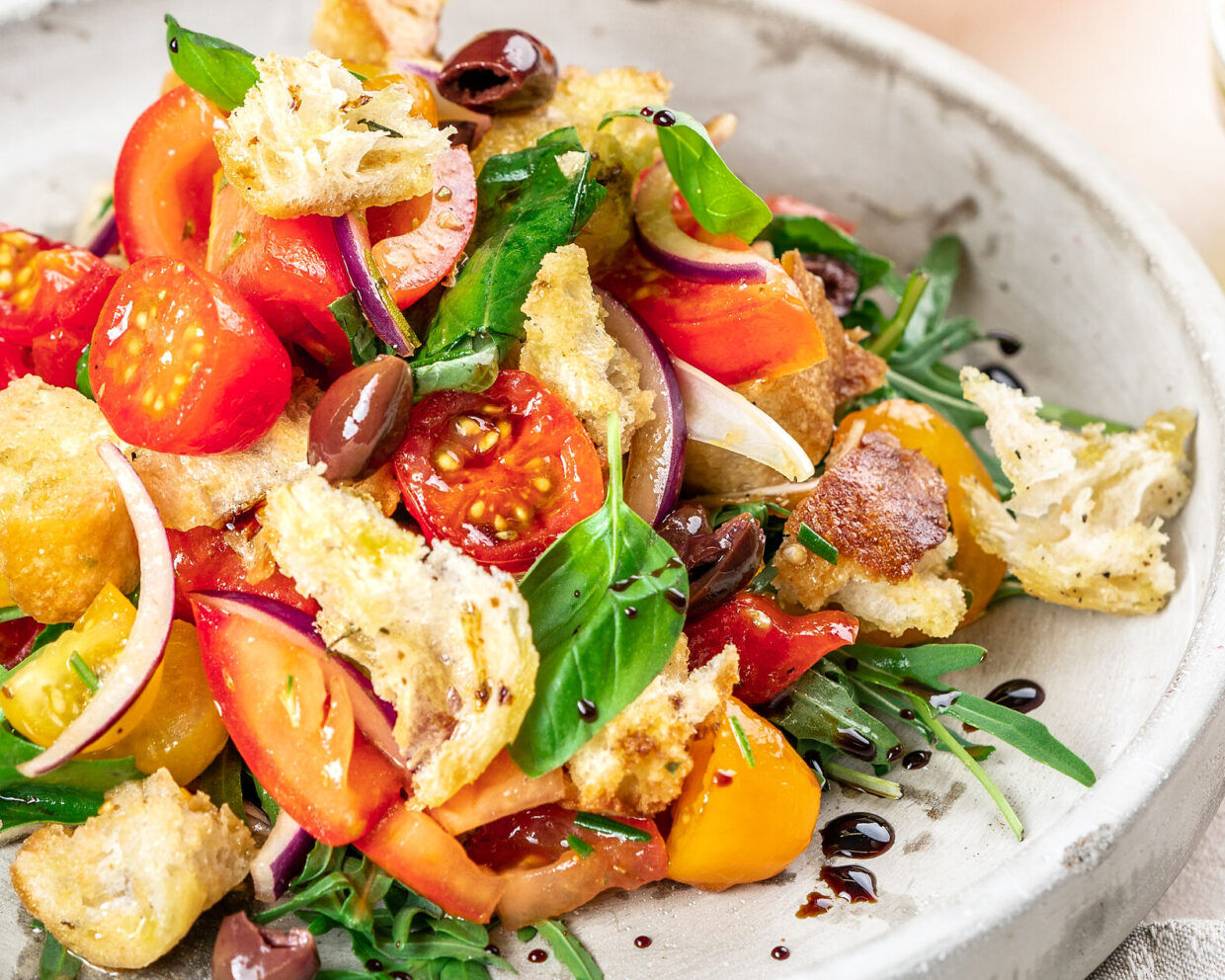
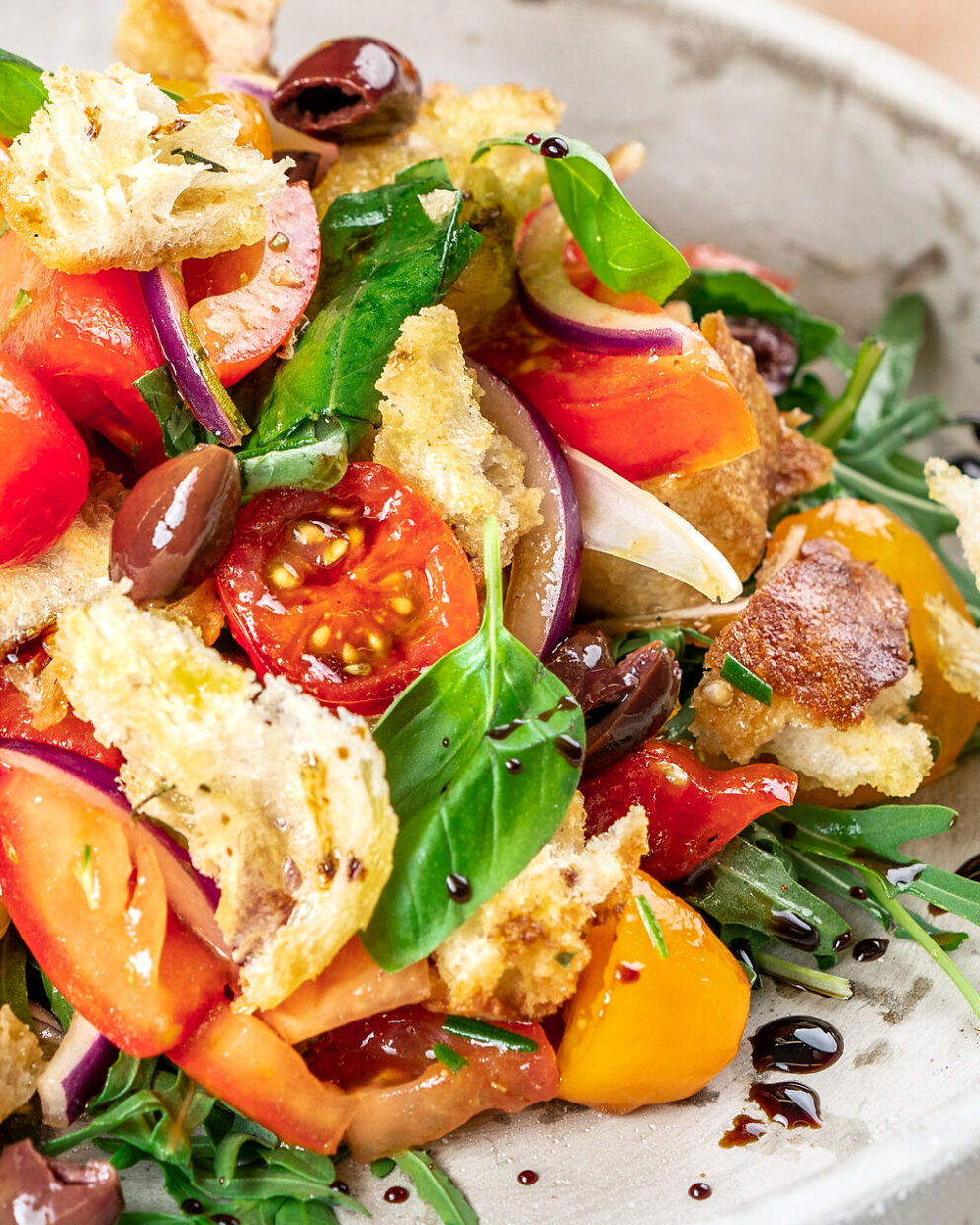
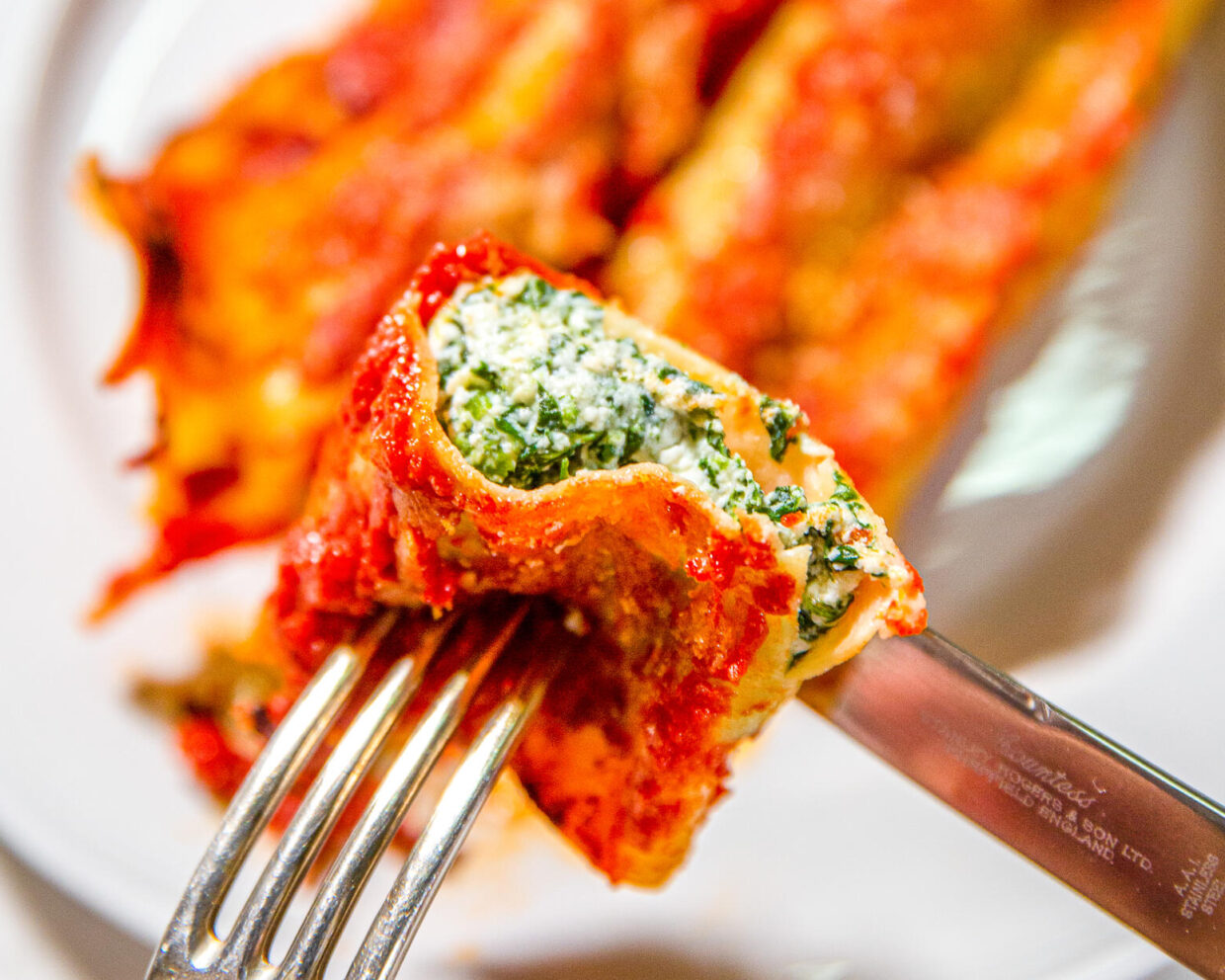
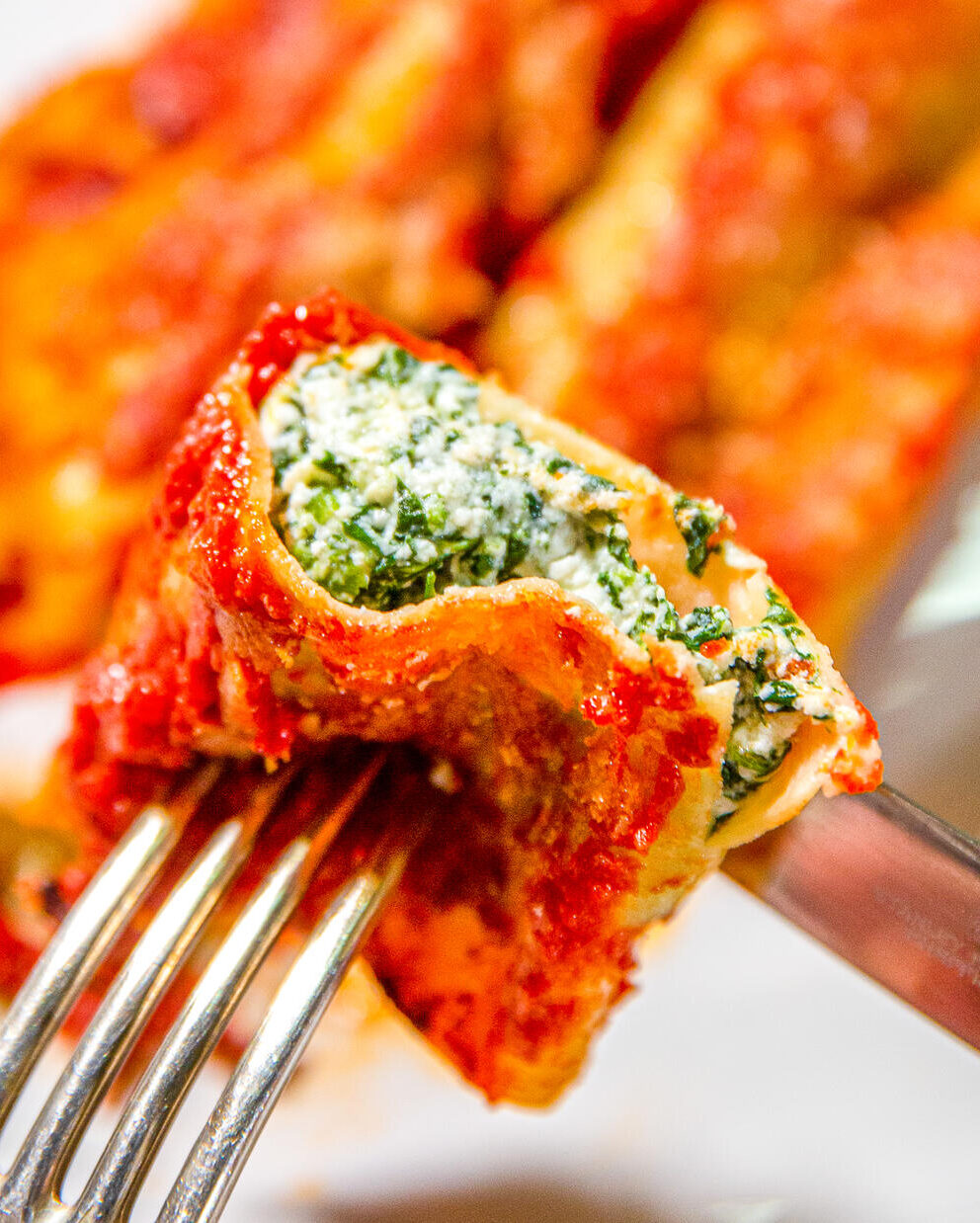
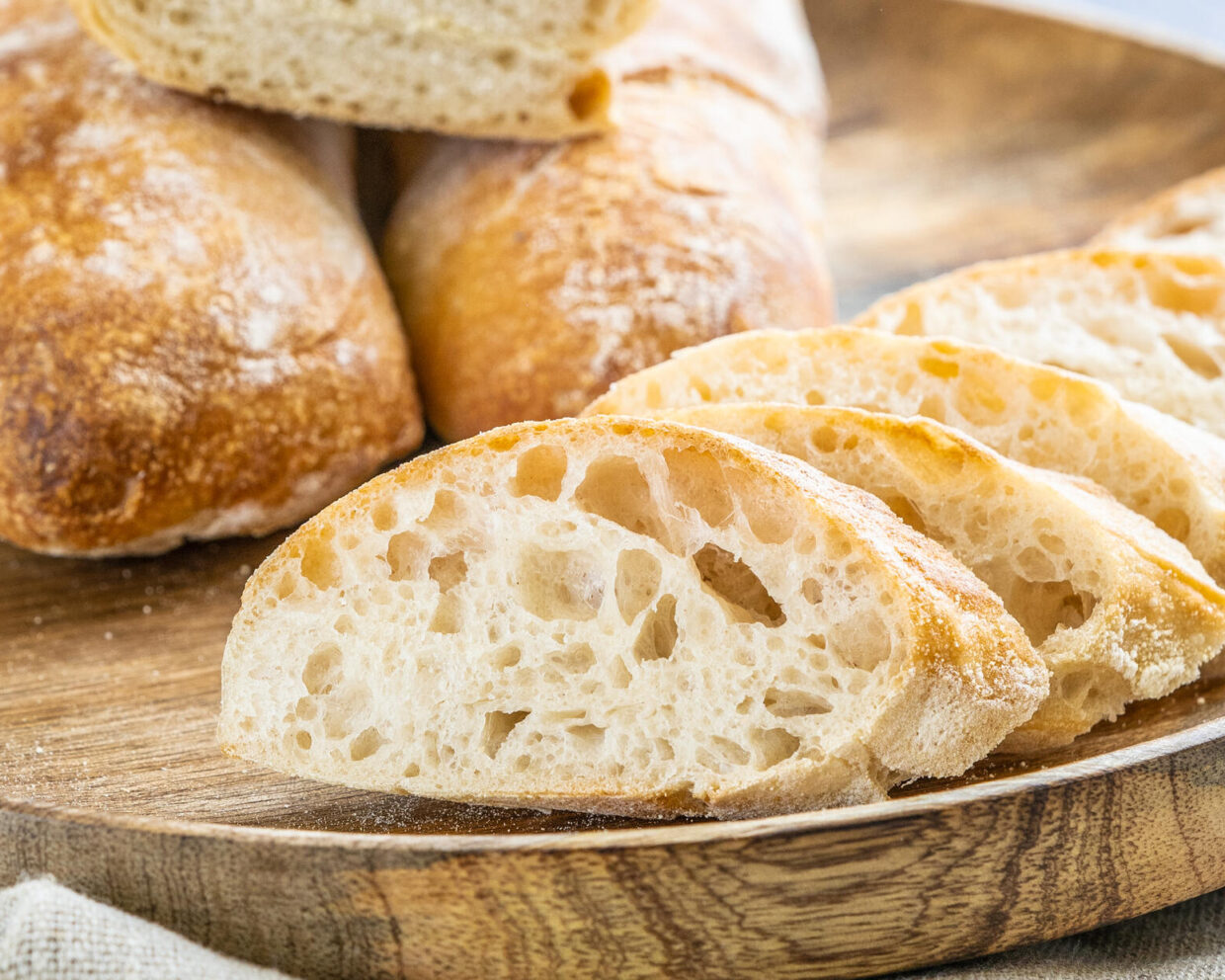
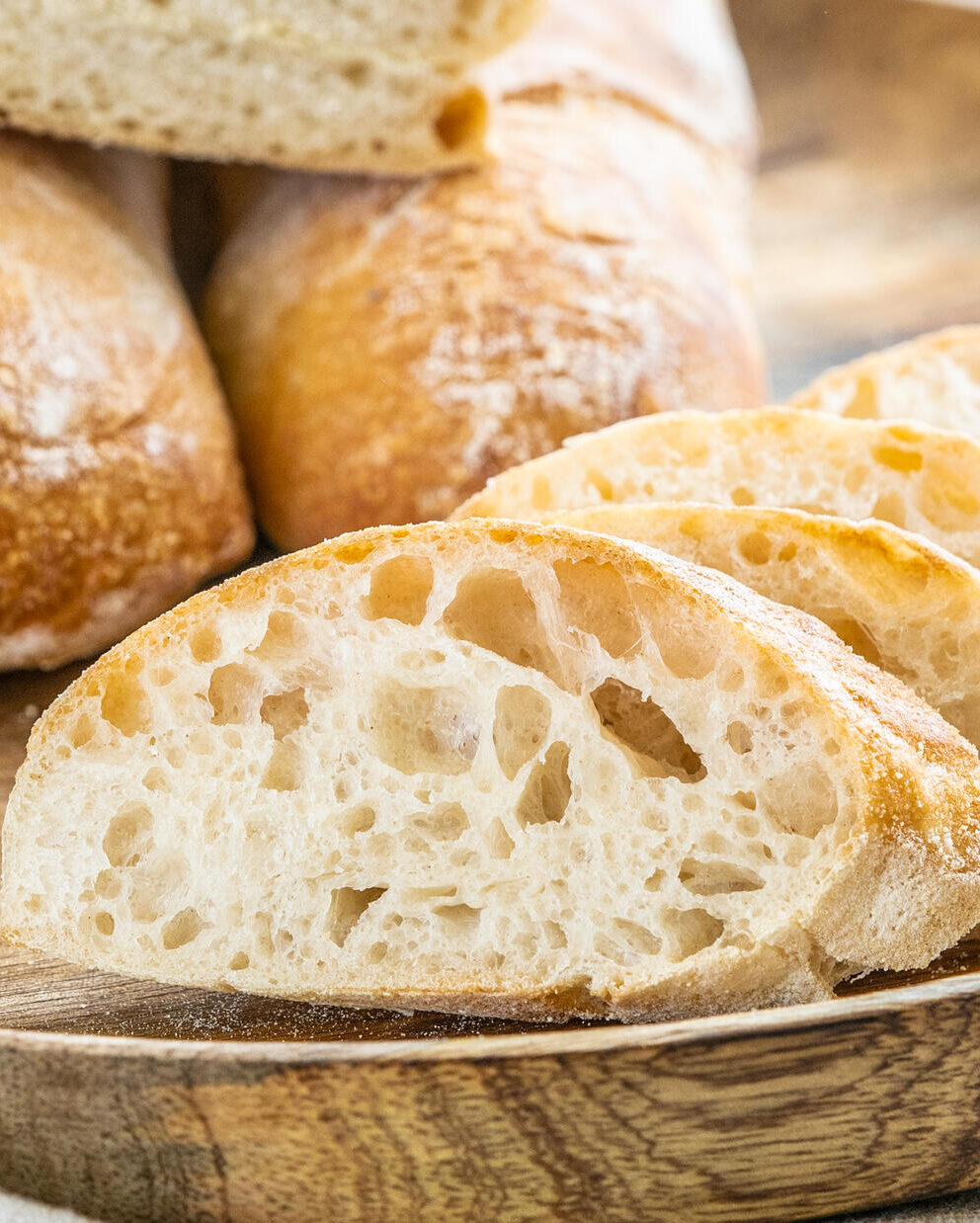
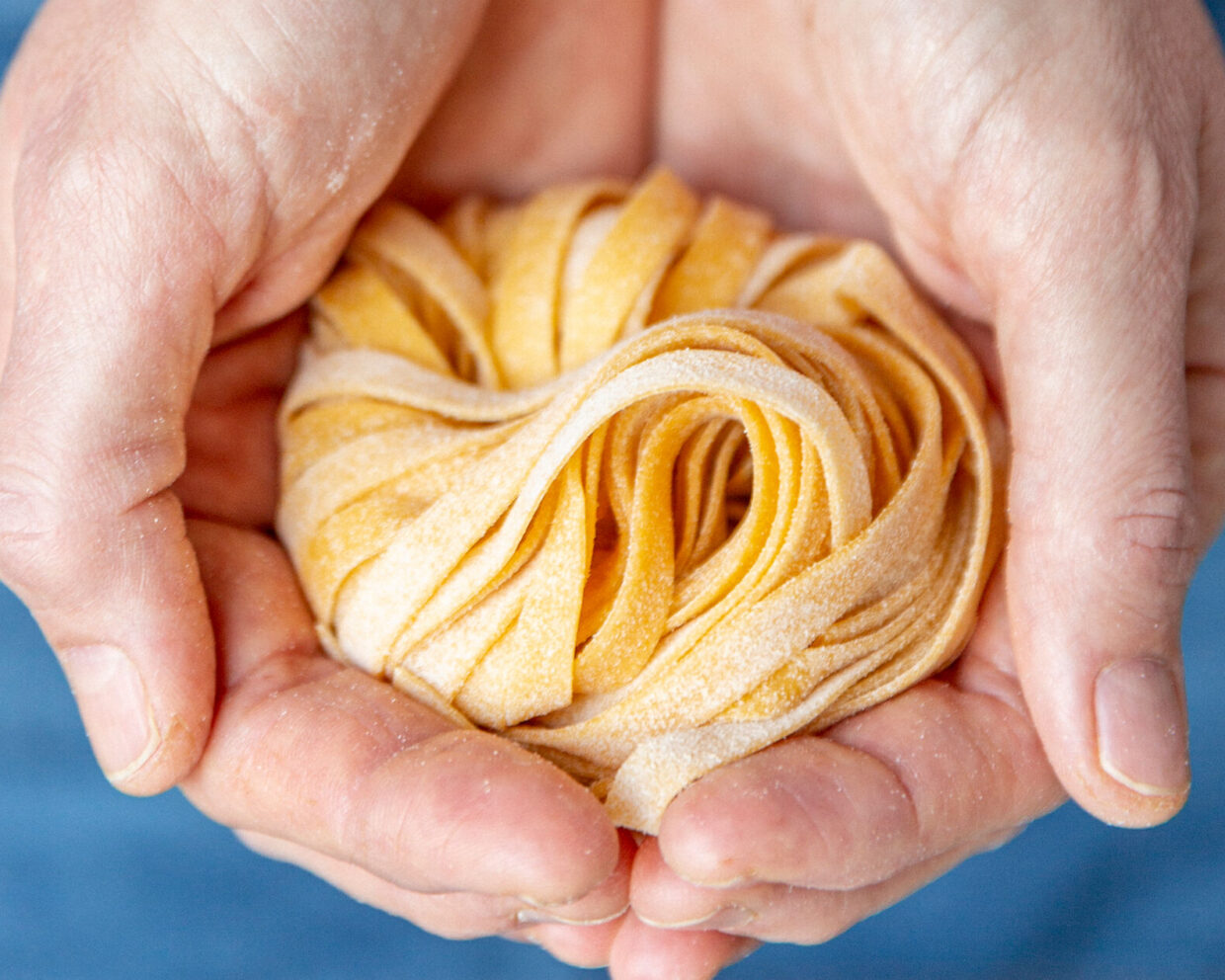
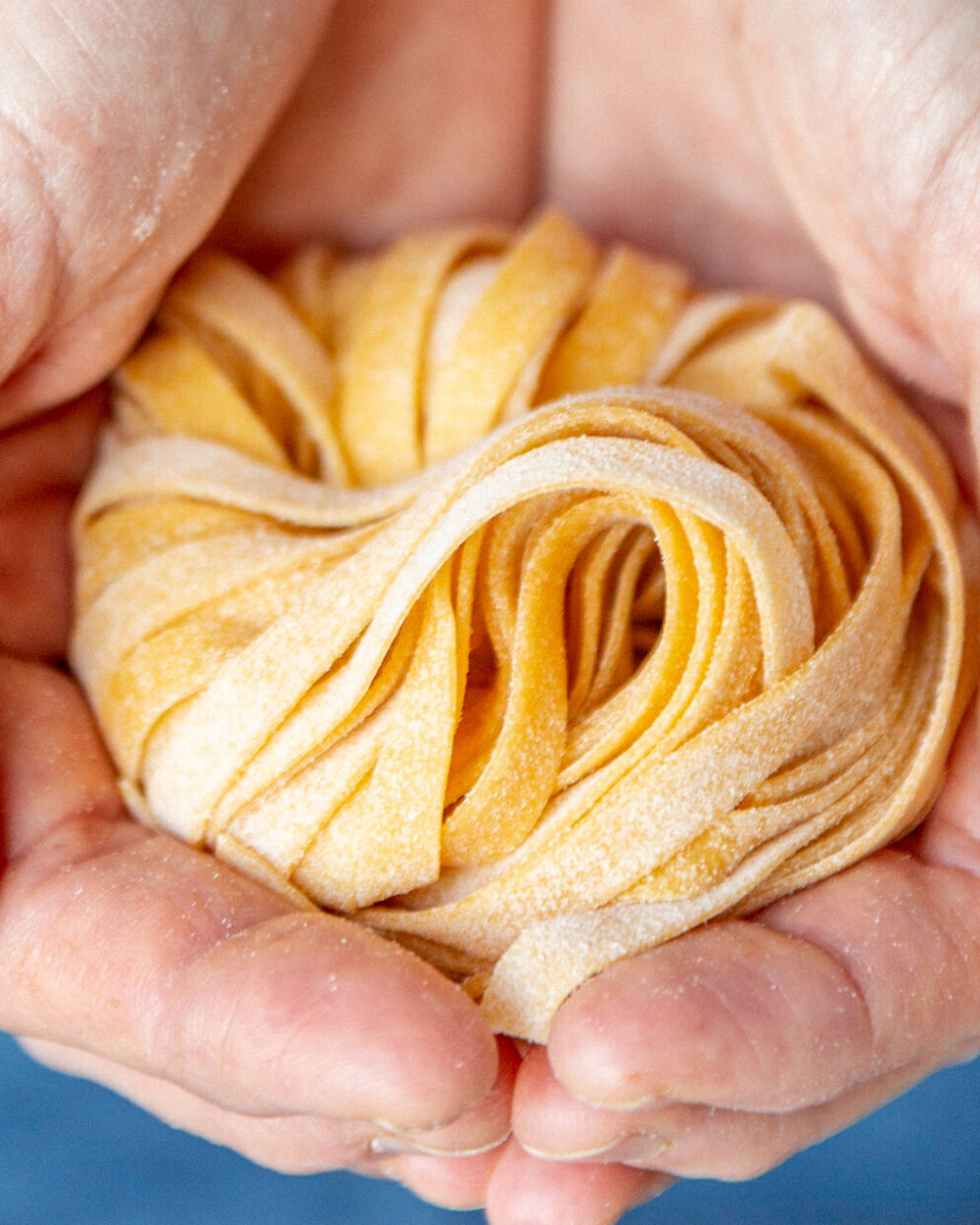
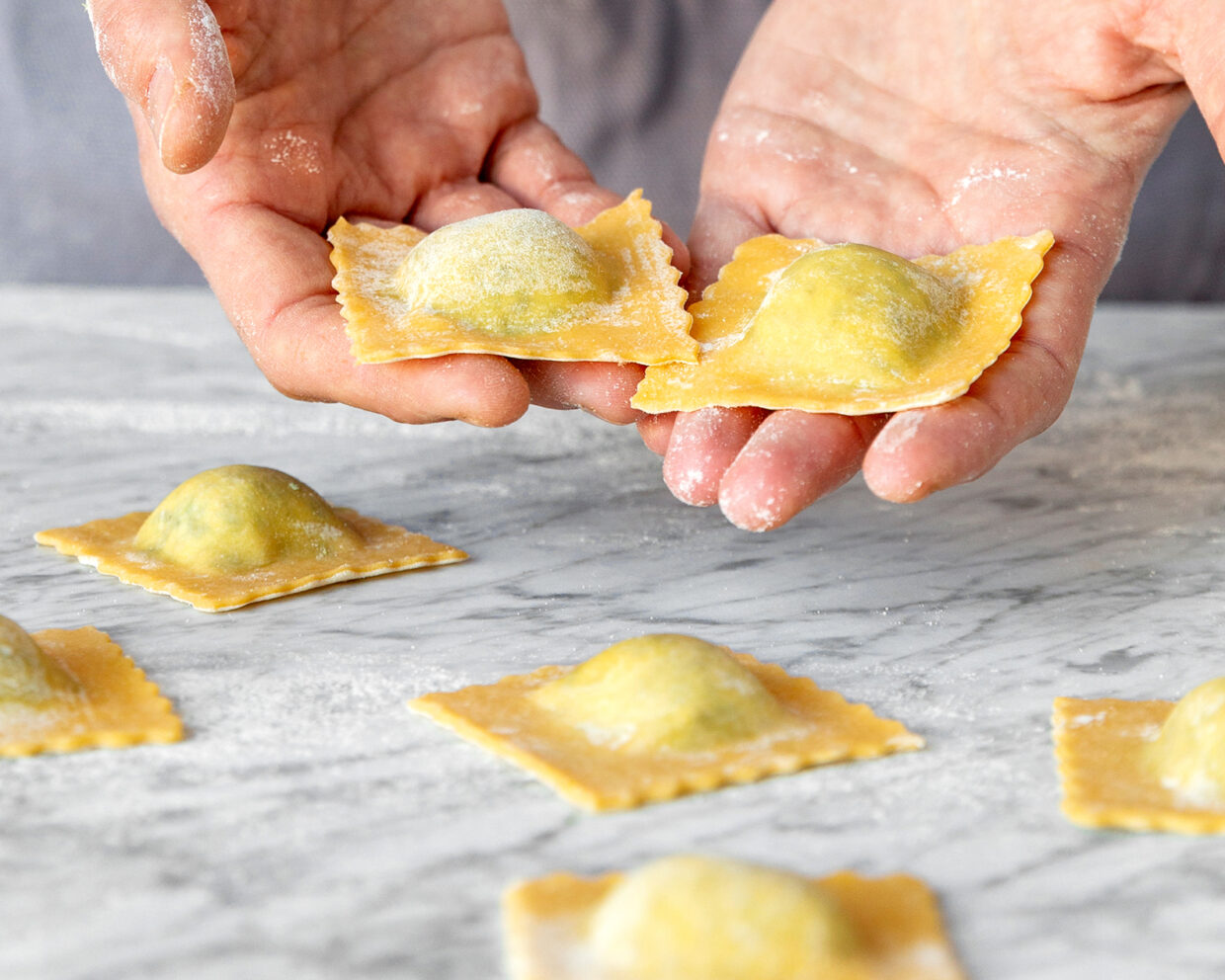
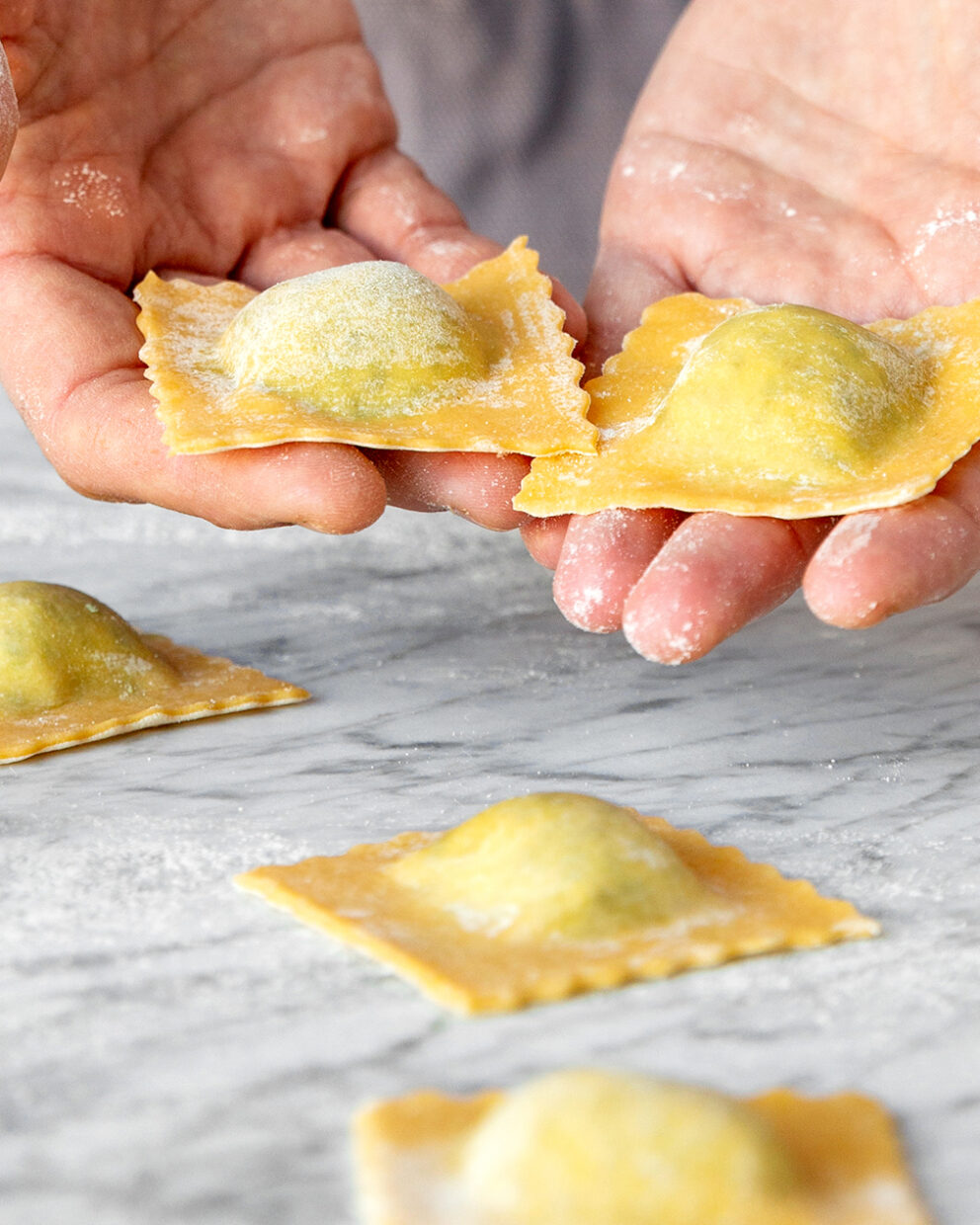

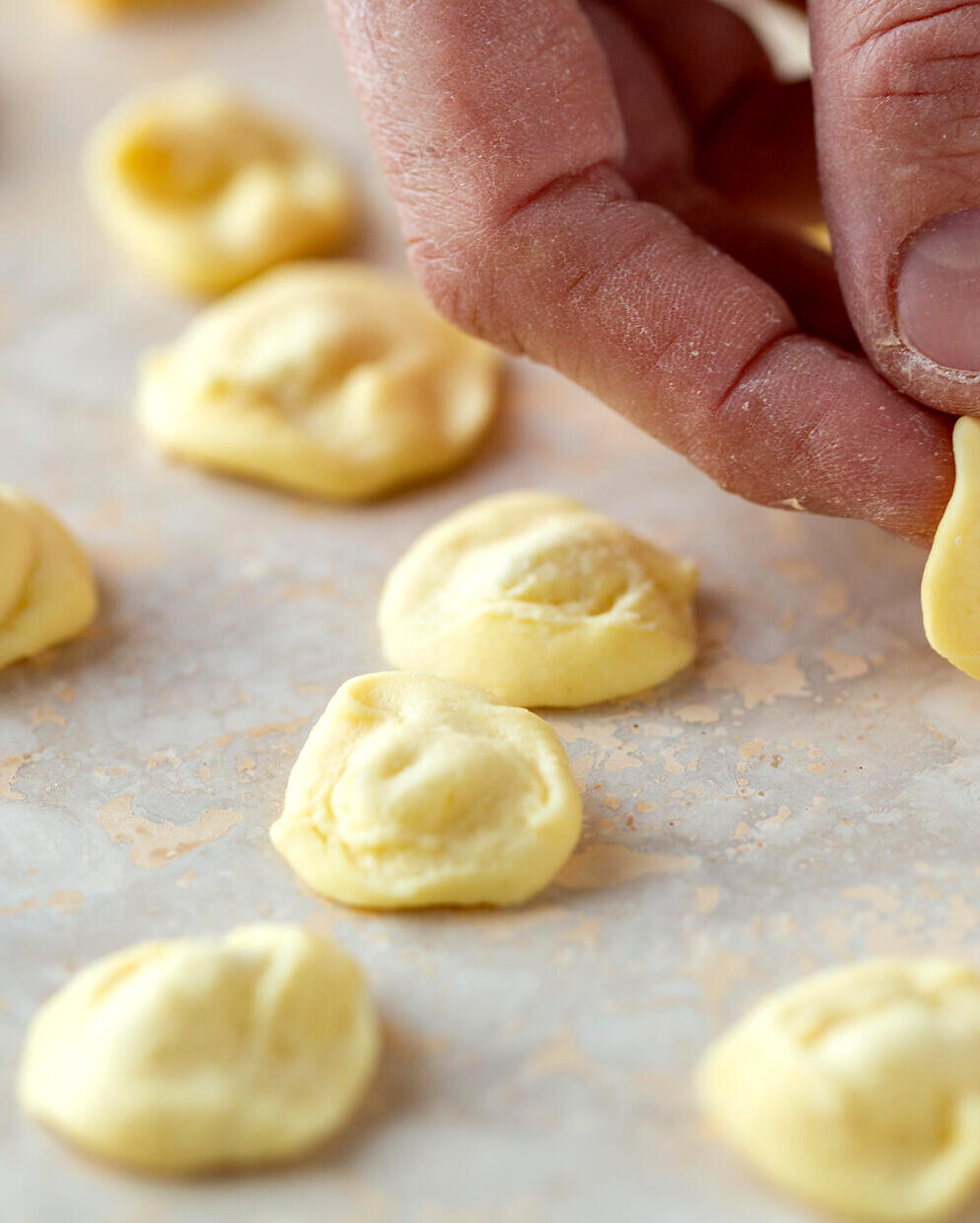
Want to share your thoughts? We're excited to hear what you think of the article. Tell us about your ideas, tips or questions! Leave a comment and share your knowledge with the community. Your opinion counts.
Write a comment